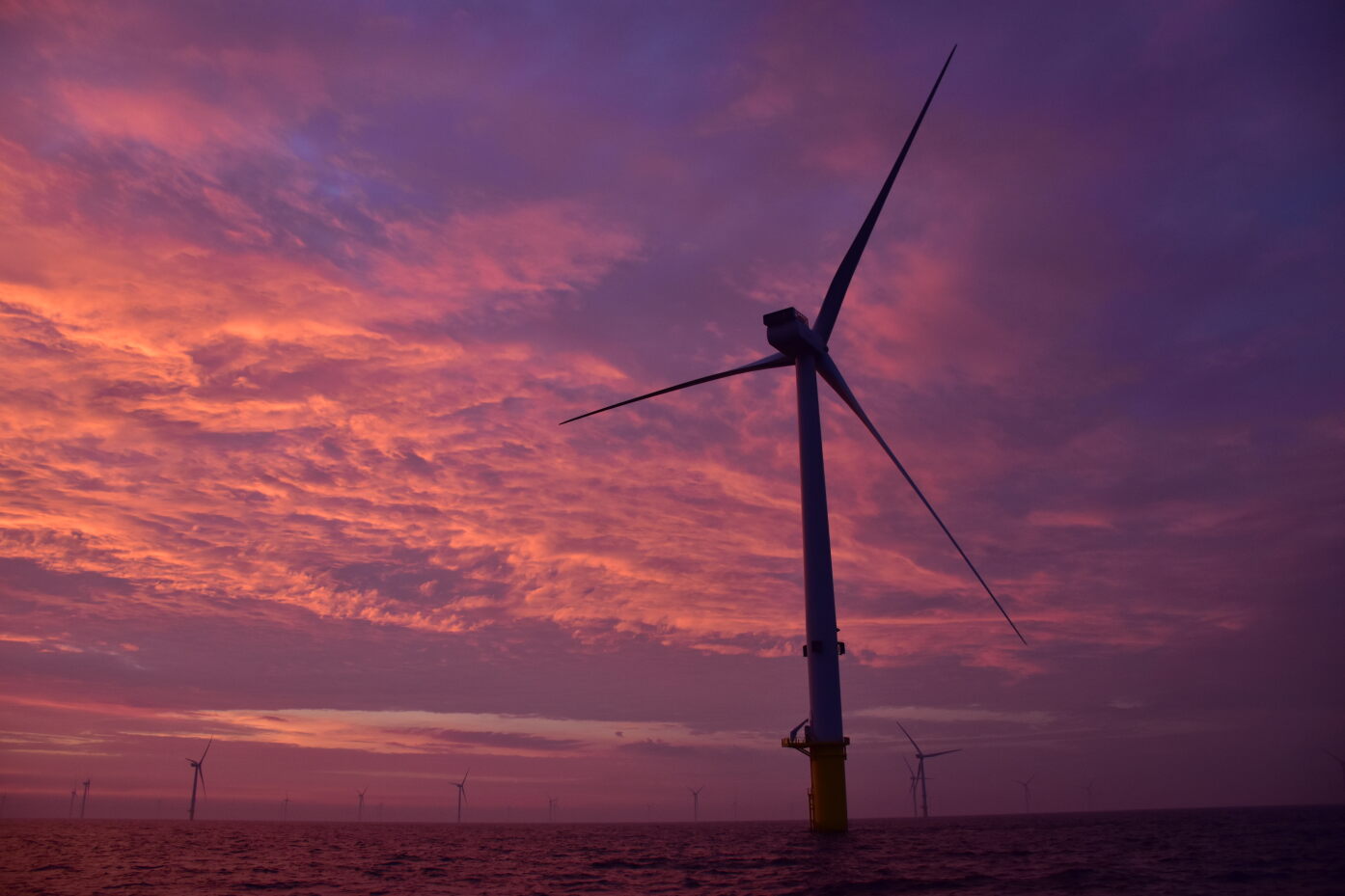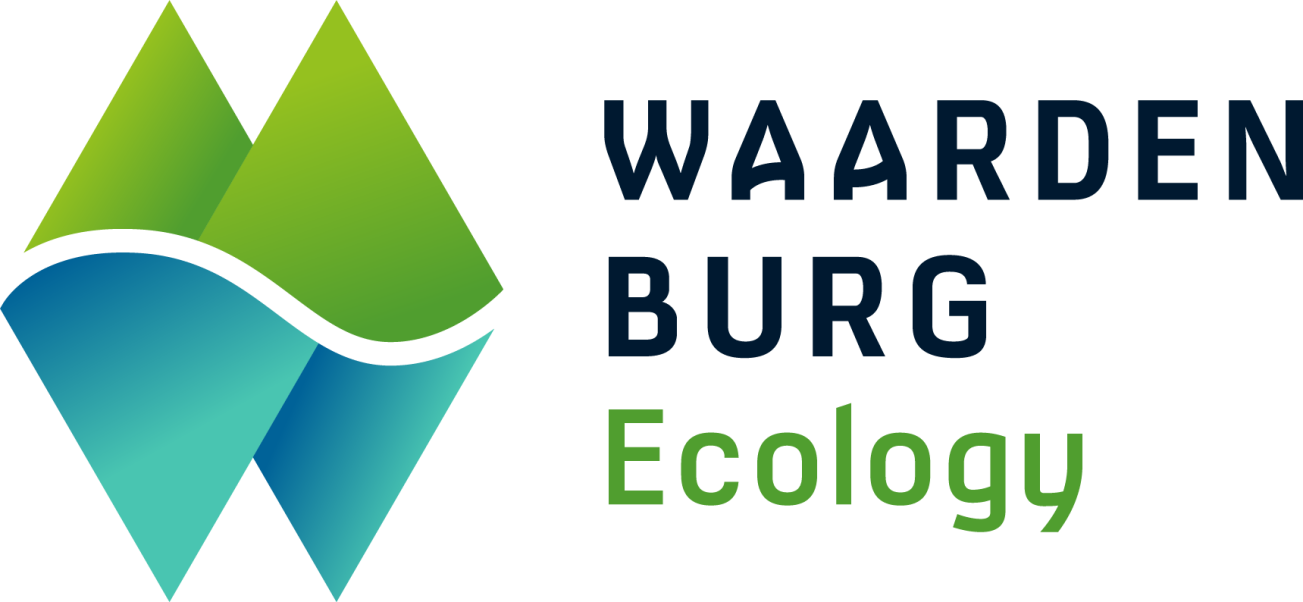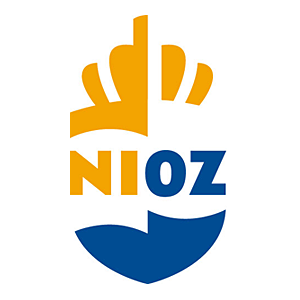The EcoScour project aims to stimulate nature in offshore wind farms in a scalable, effective, and cost-efficient way. The project encompasses the development of multiple methods to stimulate nature in offshore wind farms, particularly restoring oyster beds and making use of the hard substrates. By using materials and shapes that are beneficial for marine life (adjusted scour protection), and introducing target species (flat oysters on broodstock tables) in Borssele V wind farm (Octopus Energy Generation, formerly known as Two Towers), it is possible to study marine fouling structures with granite, marble and concrete that are placed and monitored at the site.
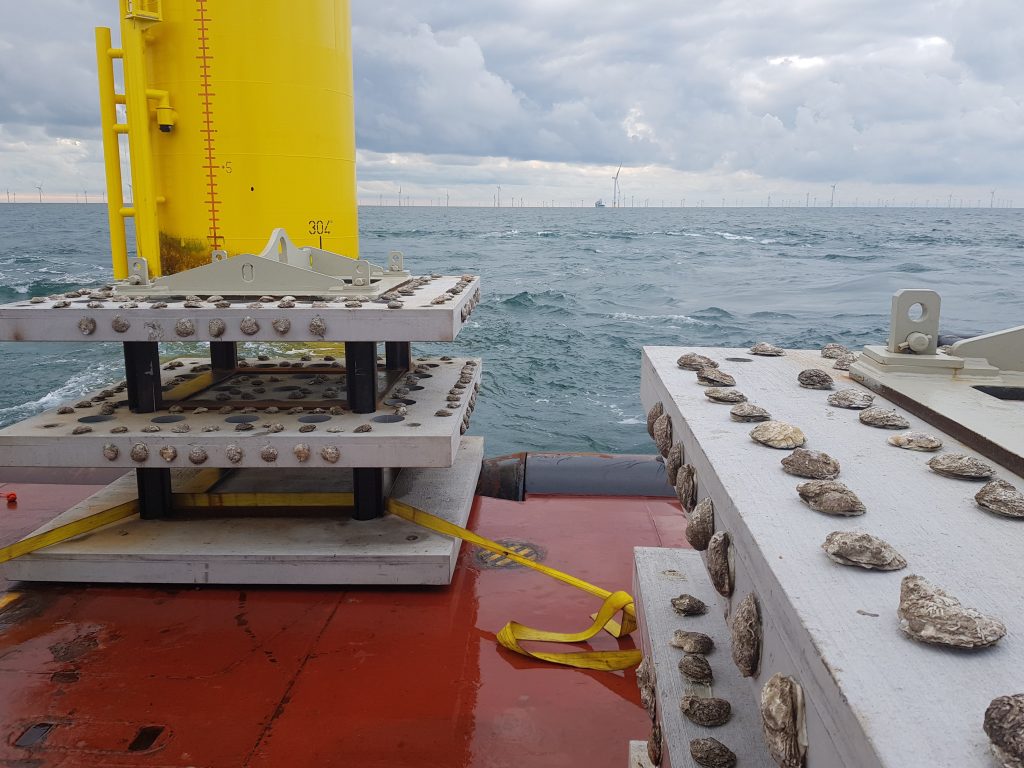
Methods
The project enabled innovative technology to be tested for building offshore wind farms, using Borssele V as a dedicated research area. The Borssele V wind farm was designated as a location to test and apply various innovations to contribute to the Dutch energy transition and energy goals for 2030.
This project used broodstock structures (horizontal concrete slabs, no cages), various rock materials, and adjusted scour protection. Due to time constraints, the original designs intended for the project had changed from using round structures to square shaped plates instead. Monitoring the project involved lifting the structures from the sea, taking samples on the vessel, and sending samples to labs for a detailed analysis. ROV footage was also taken while lifting the structures.
Along with marine biologists, engineers were brought onboard to aid in designing the project methodology. With vital knowledge of offshore environment conditions, they also helped to inform the project’s deployment, work method statement, and adherence to area-specific regulations. Typical permits were not required, however, as this project was a part of a larger innovation initiative in a contained environment.
For more detailed information on monitoring processes, please email info@vanoord.nl.
Results
The results show differences in the community structure between the different scour layer types. The oyster broodstock structures showed survival of oysters on vertical surfaces, while the horizontal surfaces showed sedimentation. Using square structures proved to be less optimal for this project, as the heavy weight and pointed edges posed a higher risk of damaging the vessel. The next project phase will aim to use lighter and smoother structures.
Out of this project also came a methodology for procuring and placing oysters. This project involved extensive research in the procurement of oysters and emphasized the importance of supply chain: knowing where to source oysters, transport them to the project location, clean and quarantine, and more. Although these insights were developed specifically for this project, many other projects have been able to make use of this information.
When the project decommissions by 2028, it is expected that heavily overgrown structures will be found.
Tips and Tricks
- Offshore execution is expensive. For efficient budgeting, learn as much as possible before heading out to sea, and prioritize your most critical questions.
- Maximize vessel utilization by combining projects that require sea travel.
- Collaborate with engineers to make required calculations for structural safety and integrity. This will help you to meet the acceptance criteria of structure placement.
- Take every opportunity you can to innovate and research. Conditions don’t have to be perfect— use it or lose it!
Spend the day with EcoScour
Come along with the team for a day at EcoScour! In this video, you’ll learn more about oyster restoration in the North Sea, the team behind this project, and the work that goes into a day at EcoScour.
Products used on this project
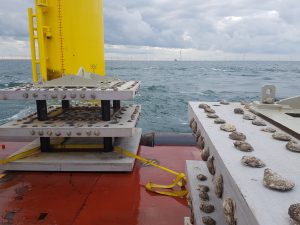
Oyster Broodstock Structure Borssele V
Van OordThis broodstock structure consists of three stacked concrete slabs where flat oysters can be glued. The structure has a lifting eye and can be placed on scour protection or other stable surfaces. No maintenance is needed, but oysters are exposed to biofouling, possible predation, and sedimentation on the horizontal surfaces.
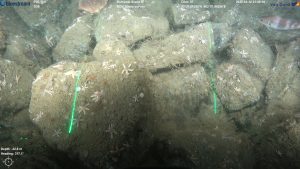
Boulders
Boulders are large pieces of natural stone which vary in weight and size (>25 cm in diameter). Marble, granite, and other types can be used to create crevices and shelters that become havens for marine life.
Let's connect
Ready to dive into nature enhancement? Send us an email to share your questions, feedback, or projects you’re working on.
